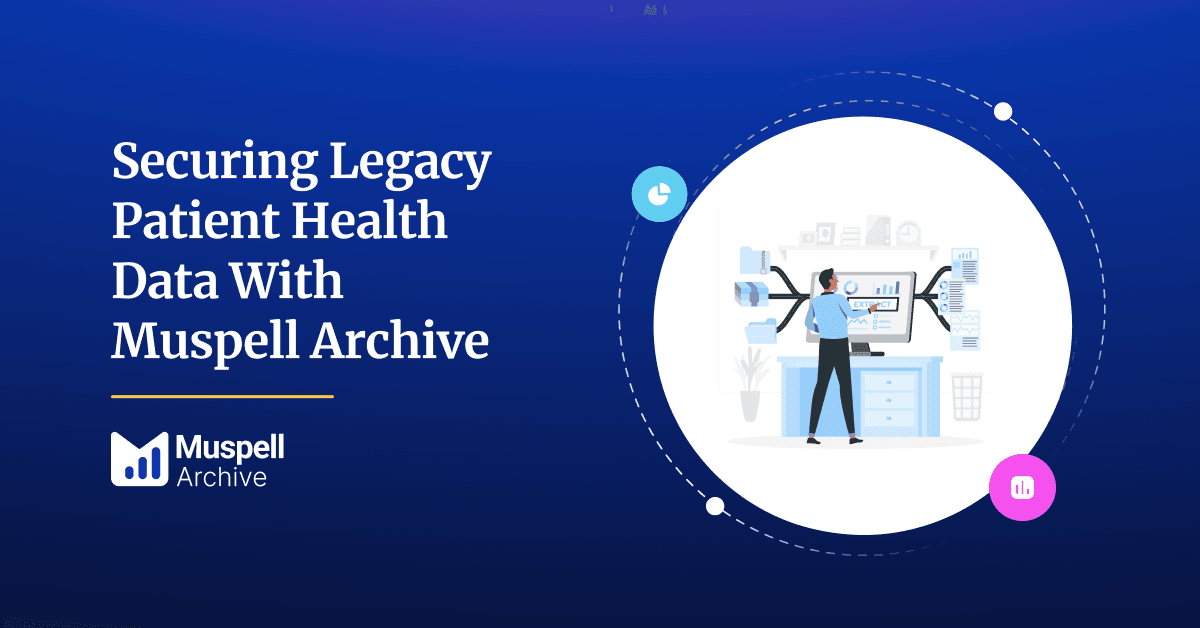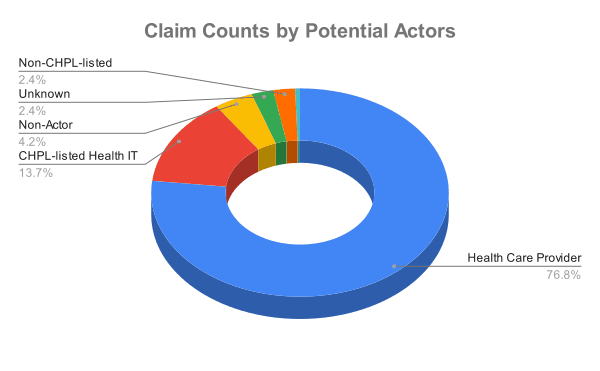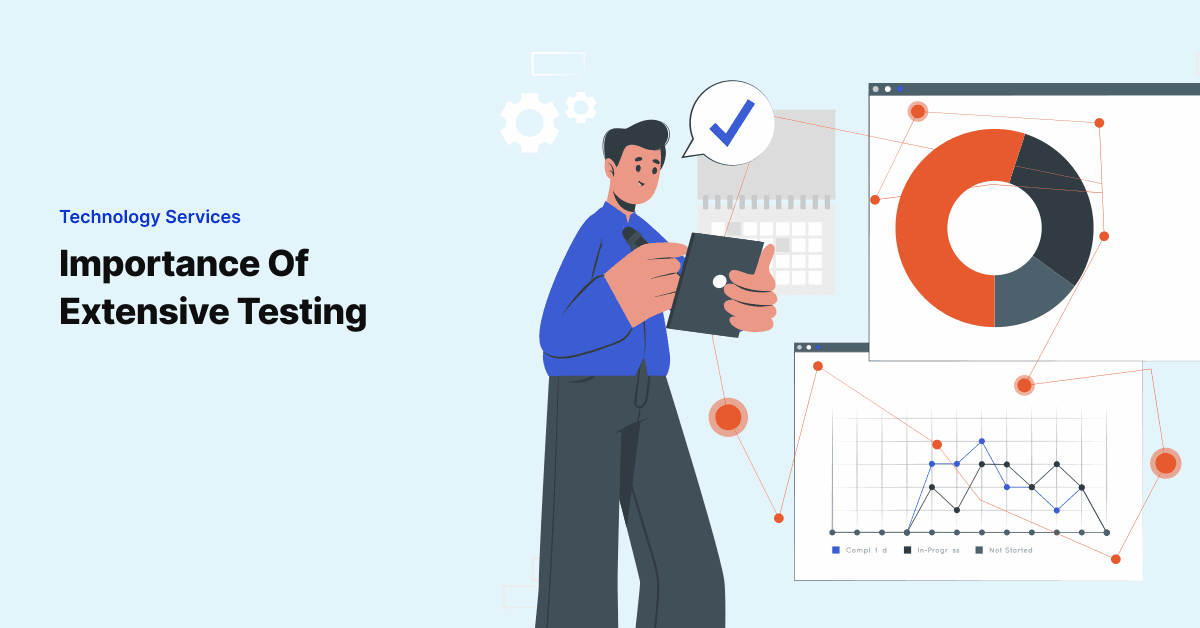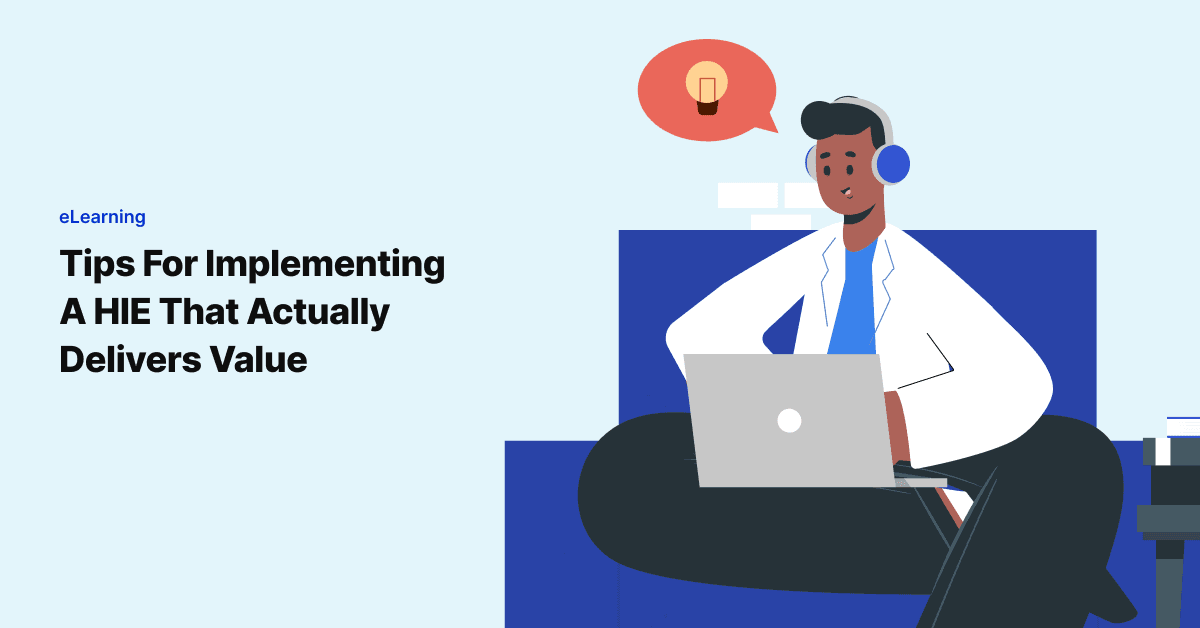
Securing Legacy Patient Health Data With Muspell Archive
Securing legacy health data integrity using an archival solution isn't just a recommendation anymore; it's …

Information blocking was brought into action to ensure the patient’s right to access their health data was valued and upheld; however, things haven’t been going as expected. There has been high dissatisfaction from the patient end with how providers have been handling the EHI access requests.
Several instances have caused the need to file complaints against information blocking.
As per data published by the ONC at the end of April 2022, 393 information blocking portal submissions were received, out of which 29 did not appear to be claims of potential information blocking. Patients or their representatives filed as much as 66.3% of the complaints.

“Something that requires attention is that 76.8% (more than three-fourths) of all information blocking complaints were filed against provider organizations.”
CHPL-listed Health IT Vendors (13.7%) and Non-Actors (4.2%) were a distant second and third in the list of potential actors against whom the complaints were filed.
Has action been taken to address the complaints against the potential actors?
The Office of the Inspector General (OIG) is not yet ready to impose any action against the potential actors as it has not finalized the rules that would allow it to do so. Although the proposed rule was published in April 2020, the final rule is yet to see the light of the day. The final rule is expected to define the nature and quantum of penalties that could be imposed on the potential actors.
Something that isn’t entirely clear is if the final rules would apply to the information blocking incidents that occurred before publishing the final rules. However, this clearly is a wake-up call for provider organizations.
To better comply with the information blocking rule and to aid the response to requests of access, use, and exchange of EHI, the provider organization must ensure the following:
One action that keeps the provider organization prepared for the future is to watch out for the newer amendments made to the Act. This helps the organization monitor its progress and meet the set standards.
When dealing with information blocking, it is good to remember that more documentation is better than less documentation!
Join over 3,200 subscribers and keep up-to-date with the latest innovations & best practices in Healthcare IT.

Securing legacy health data integrity using an archival solution isn't just a recommendation anymore; it's …

One of the biggest shortcomings we’ve seen when it comes to implementing healthcare IT is a lack of good, …

It is no small effort for healthcare systems to implement a Health Information Exchange (HIE). Whether the …